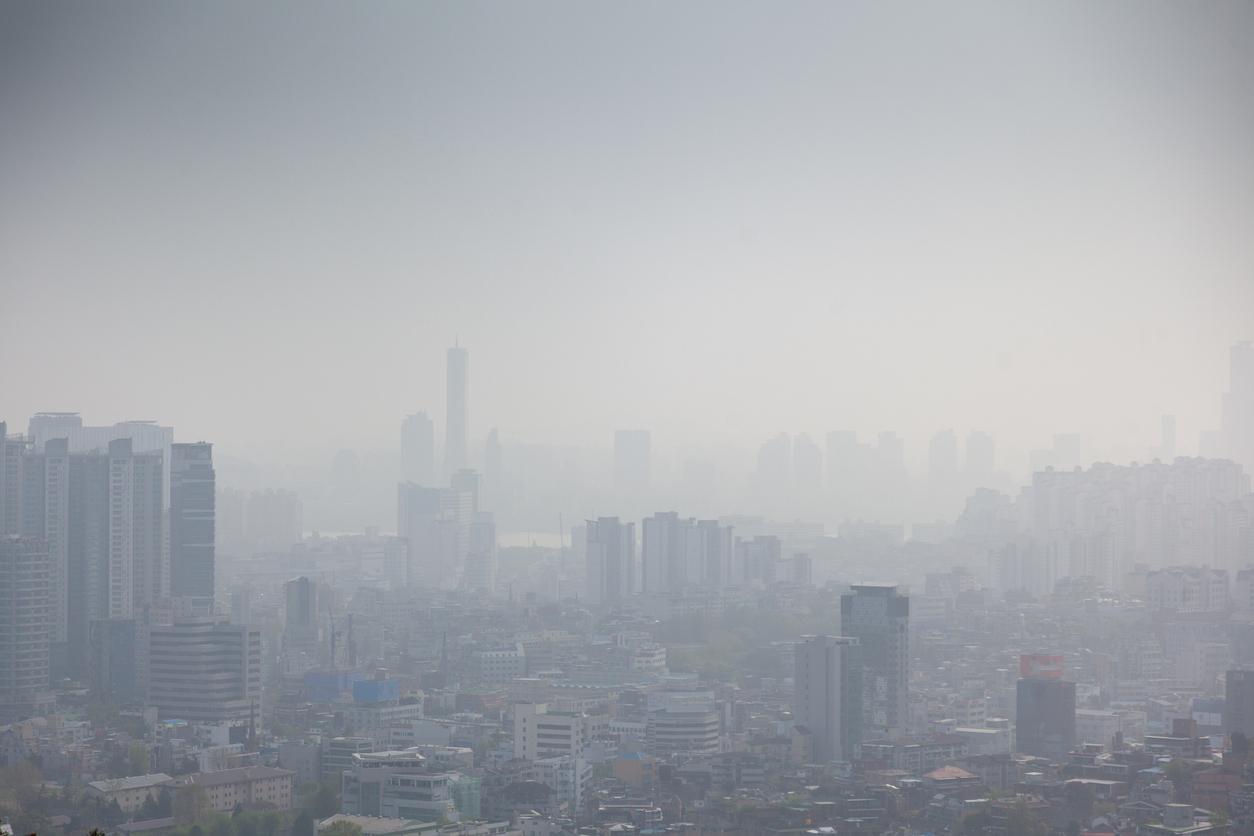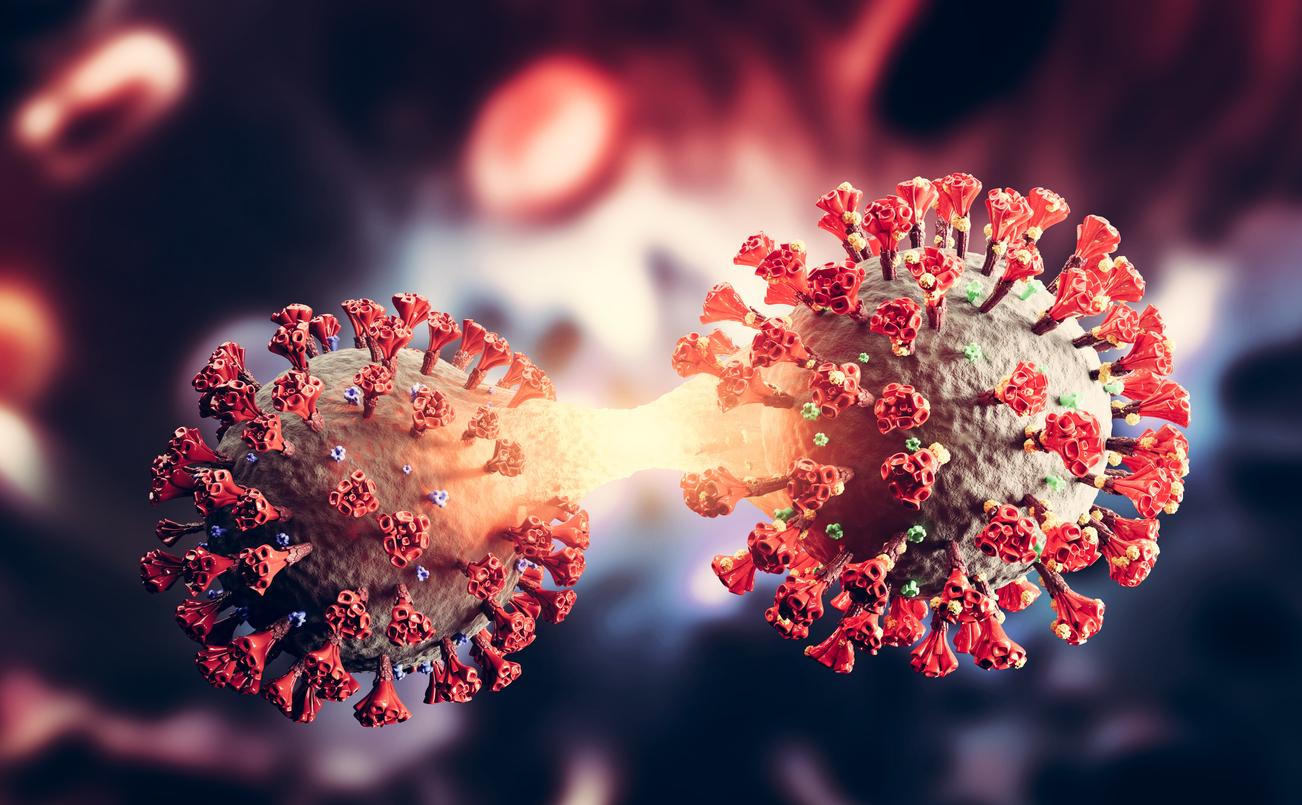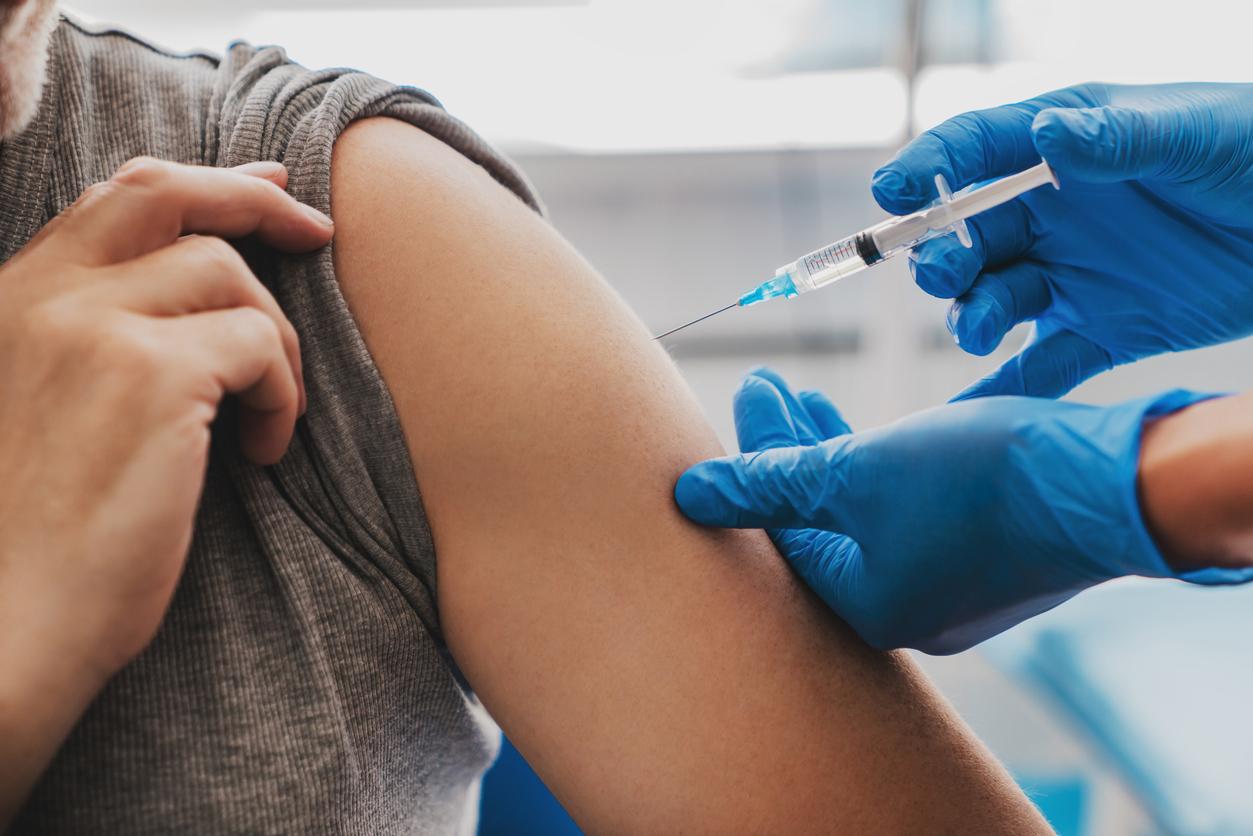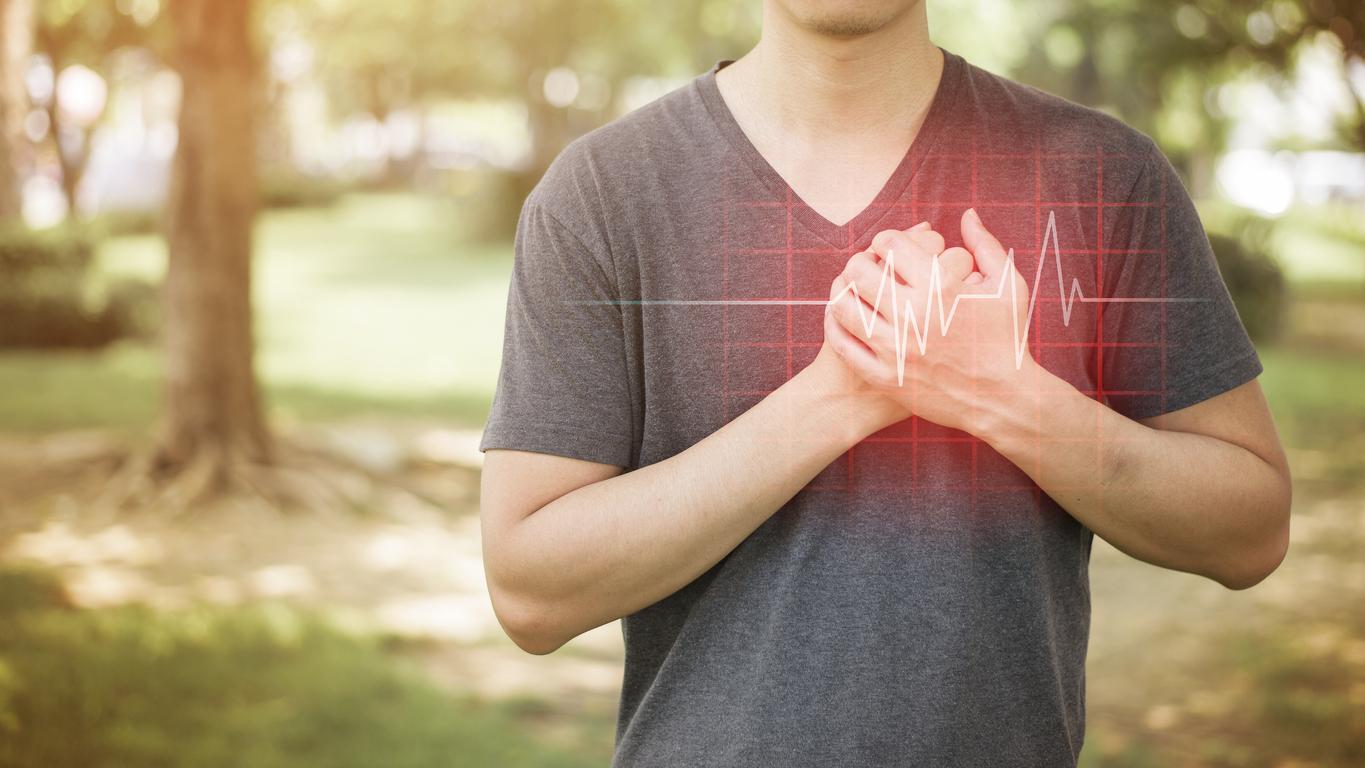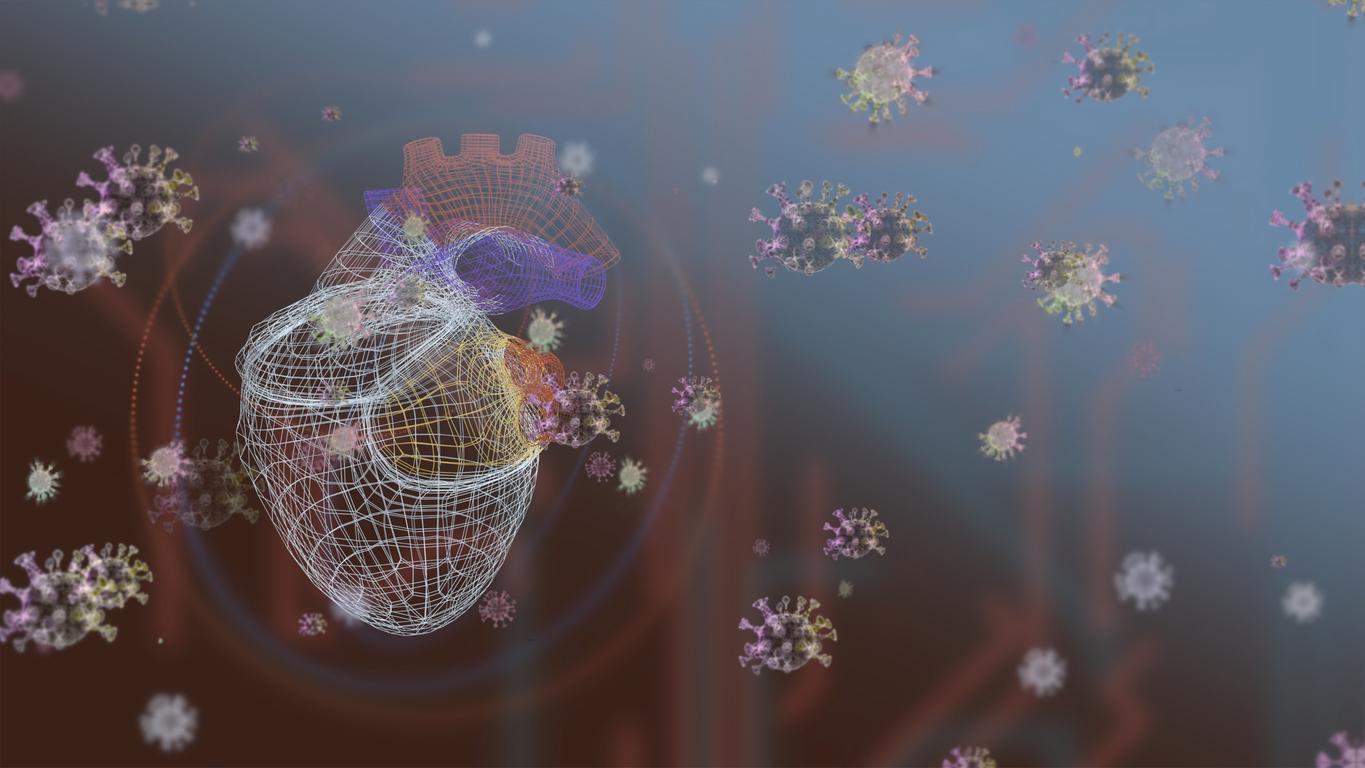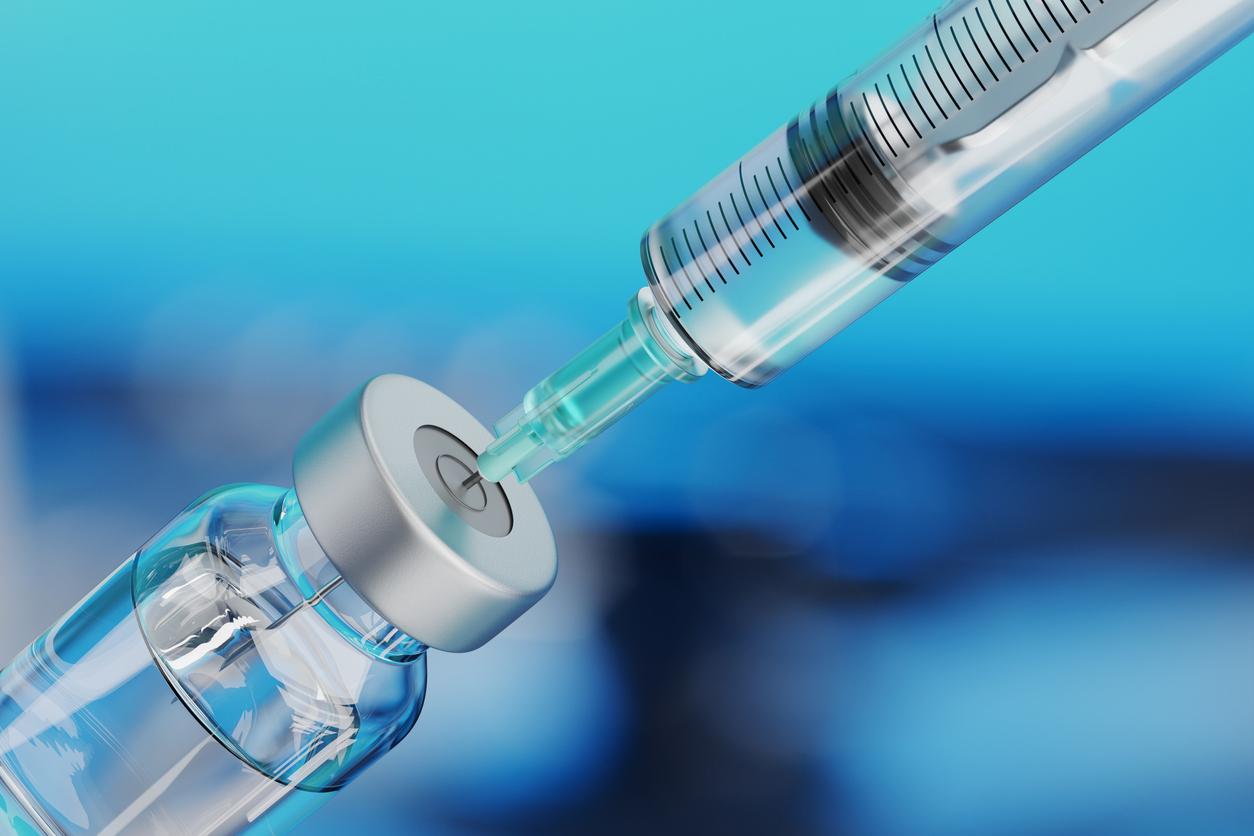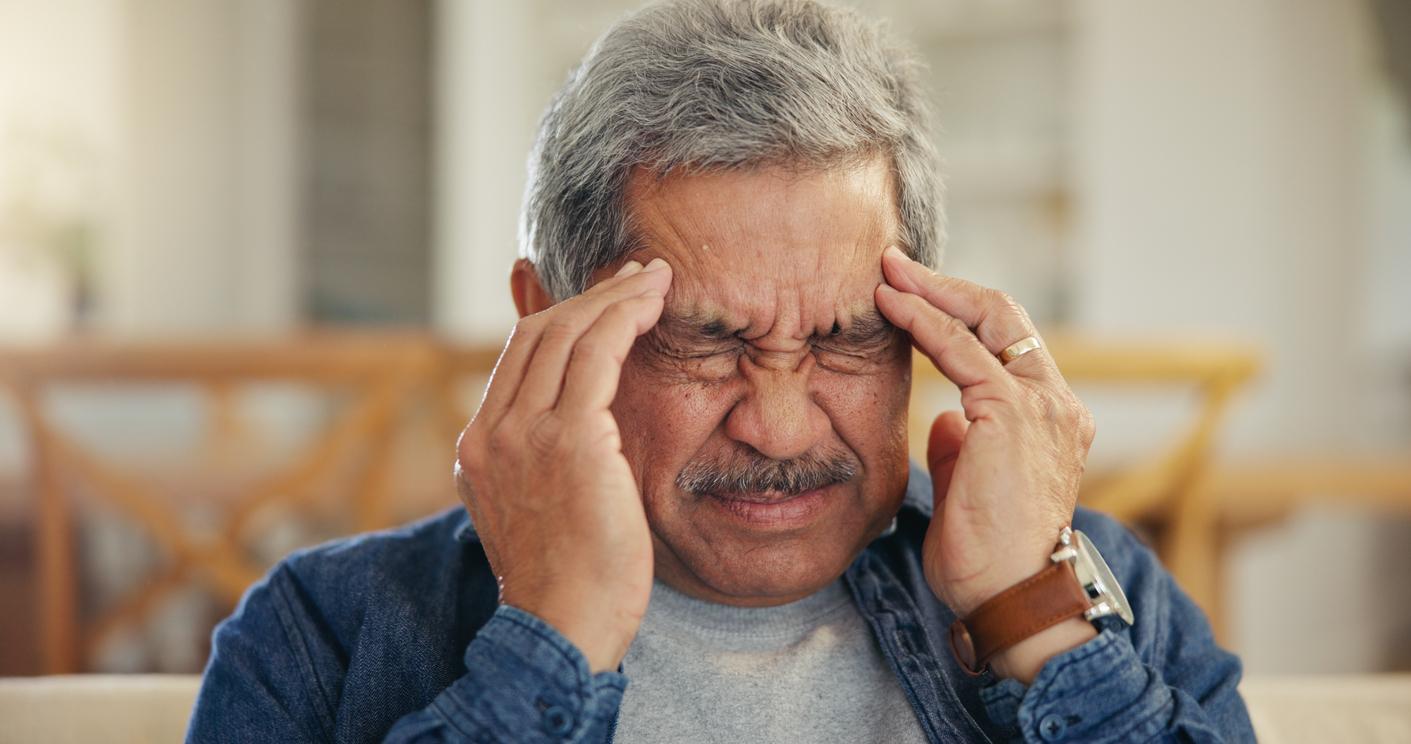Thanks to the drop in emissions of polluting gases, the levels of pollution recorded are falling sharply.
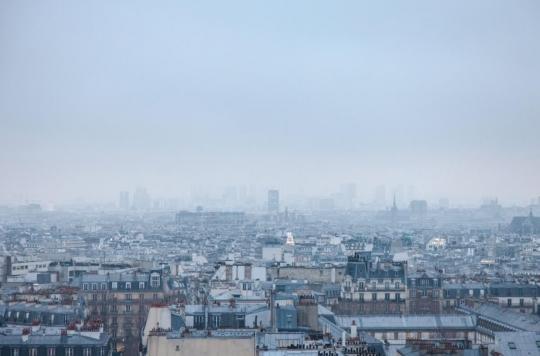
- Nitrogen oxide emissions decreased by 60%
- An improvement in air quality linked to the reduction in road traffic
We breathe better in the Paris region! According to the Airparif association, air quality has improved by 20 to 30% following the 60% drop in nitrogen oxide emissions. This report assesses the changes observed from March 16 to 20. This good news is the consequence of the containment measures taken to fight the Covid-19 epidemic.
A rapid drop in emissions
“Despite an increase in residential heating, this decrease is largely linked to the sharp decrease in road and air traffic”specifies the communicated put online by the body responsible for measuring air quality. For nitrogen oxide emissions, the fall was brutal: from March 18, they fell by 60% compared to a normal month of March. These findings are particularly valid in areas close to main roads. It would be the first time in 40 years that this situation occurs “in such a significant way” and on “as many stations” of measurement. Carbon dioxide emissions have also decreased, yet it is one of the greenhouse gases responsible for global warming.
The detailed results show that all sectors are affected by a drop in pollutant emissions over the week, except agriculture, for which they are stable. On the other hand, those related to dwellings increased by 17%.
1st days of #confinementimpact on the #AirQuality : ↘ from 20 to 30% of nitrogen dioxide in the Paris area. ↘ also carbon dioxide, a greenhouse gas. More info on https://t.co/0kIZF9505l #Environment #COVID19 pic.twitter.com/Vry9pHjGIB
— Airparif (@Airparif) March 25, 2020
Fine particles still present
The positive observations made by Airparif are not valid for fine particles, because they “come from more sources“, for which “the decrease in traffic did not compensate for the increase linked to residential heating and the maintenance of agricultural activities.”
At the same time, the weather favored the formation of this type of particle. Normally, they are present in excessive quantities in the Parisian air, according to the maximum thresholds established by the European Commission: 100,000 Ile-de-France residents are exposed to PM10 concentration levels above European legislation and 85% of Ile-de-France residents are for P2.5 particles.
.










